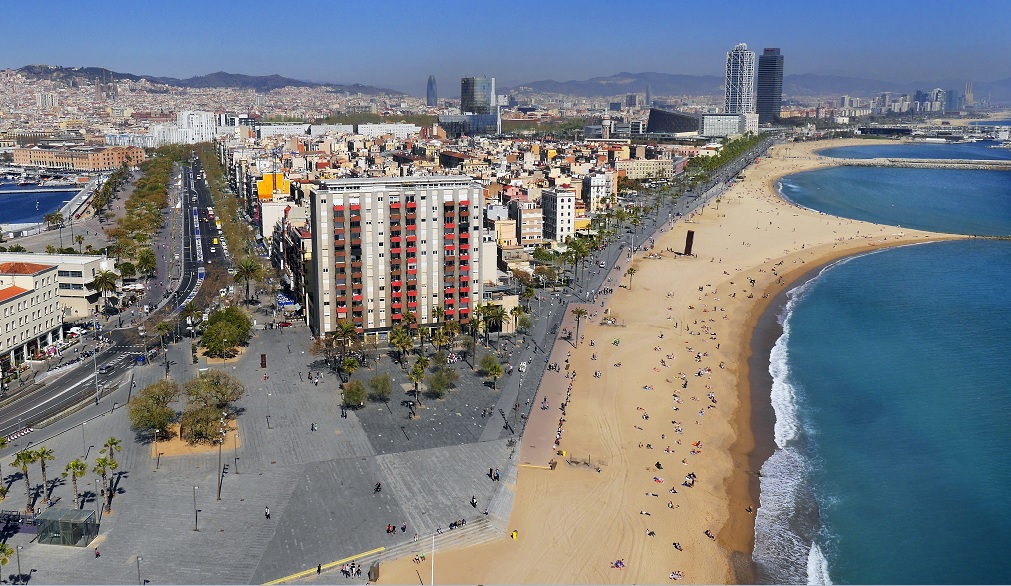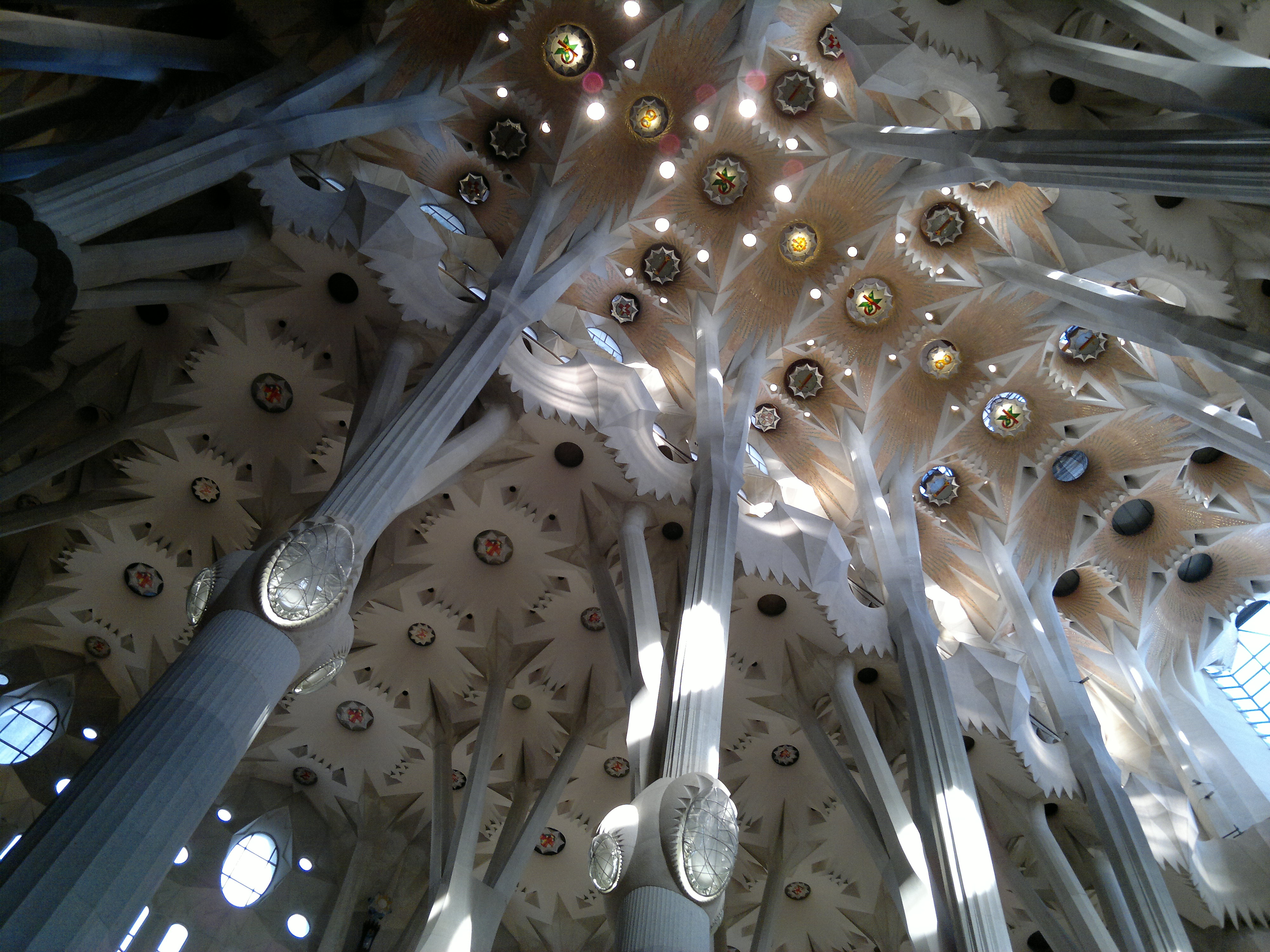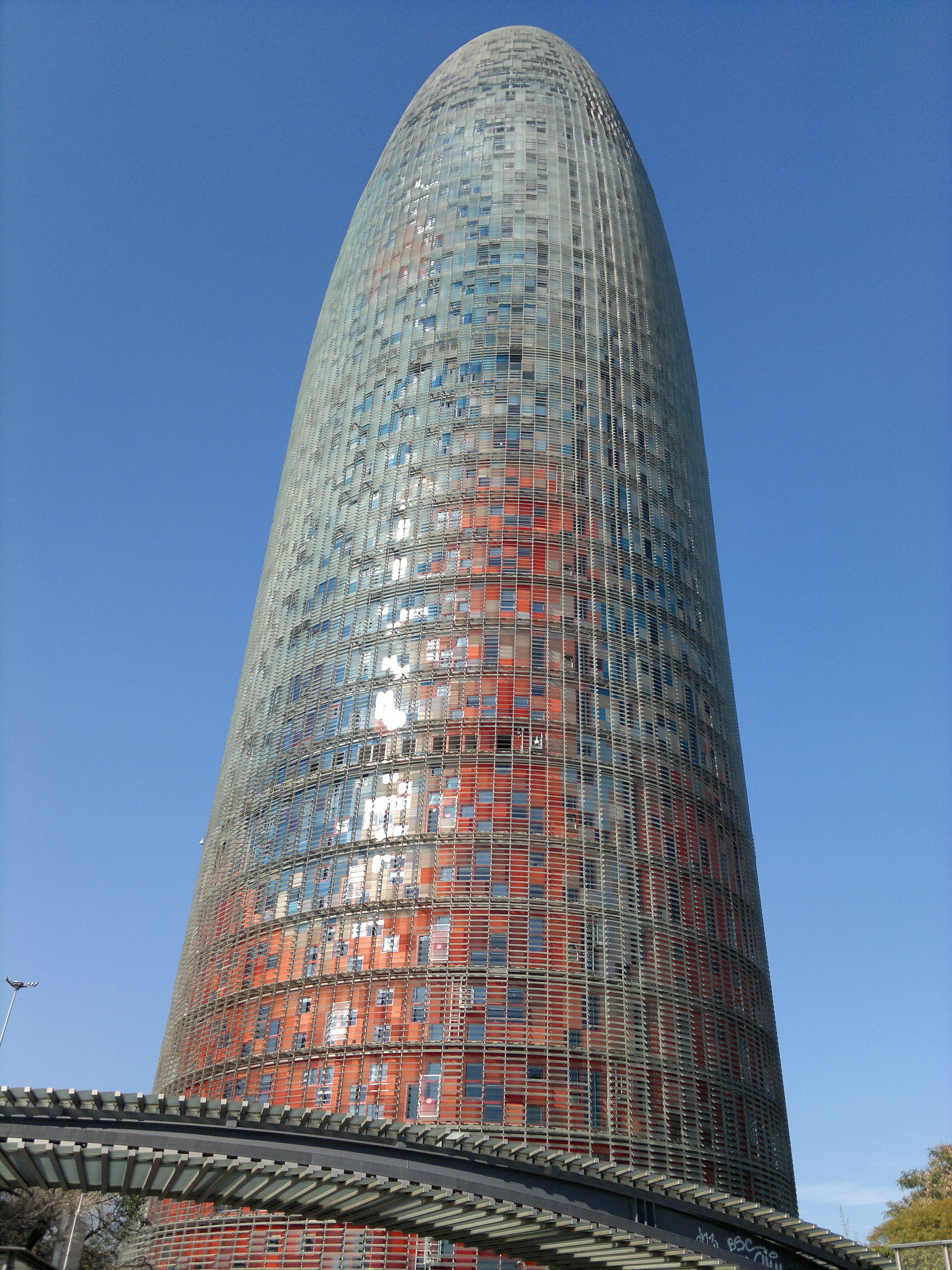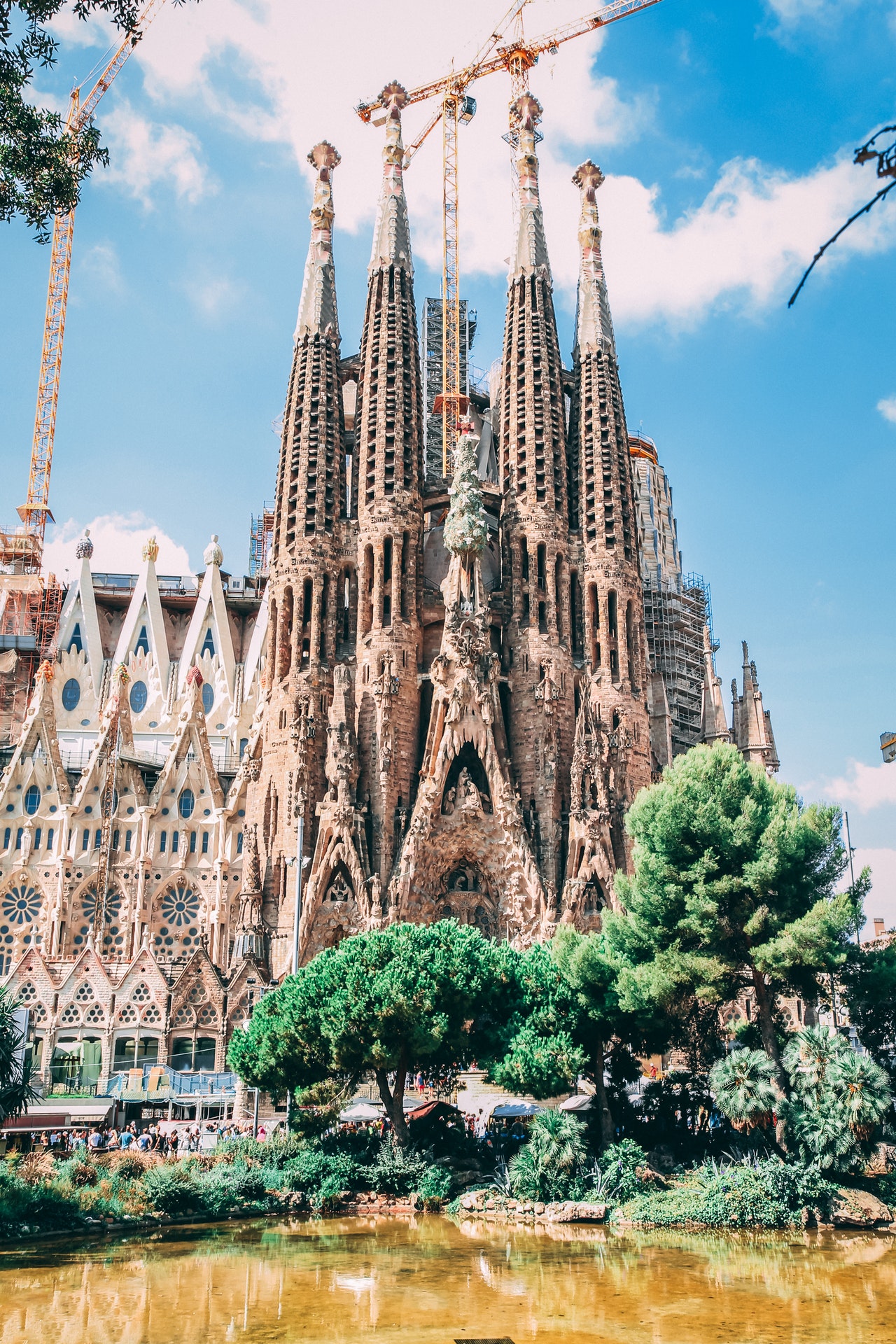Barcelona
SPAIN
« THE REHABILITATION OF OLD DOCKS HAS MADE IT POSSIBLE TO RECLAIM ABANDONED AREAS »
Marc Darder Solé,
Architect and Head of the Urban Service at the Regional Government of Catalonia.
On Barcelona’s waterfront, rehabilitation, conducted in several phases, is now setting an example throughout Europe. It partly explains that this city of 1.5 million inhabitants has grown from 300,000 tourists in 1970 to 8 million today and has become the world’s leading congress city. “Its very strong growth owes much to the rehabilitation of five kilometres of coastline in the run-up to the 1992 Olympic Games”, Barcelona turned its back on the sea, with polluted beaches used as slums, industrial wastelands and a completely isolated district.
“Informal housing has been demolished, beaches and wastelands cleaned up. The urban planners have created a waterfront promenade, beaches, sports facilities, a 50% underground ring road, an underground rail system,” says Marc Darder.
The architect regrets “the modification of the waterfront in four major stages, with no real overall vision.”
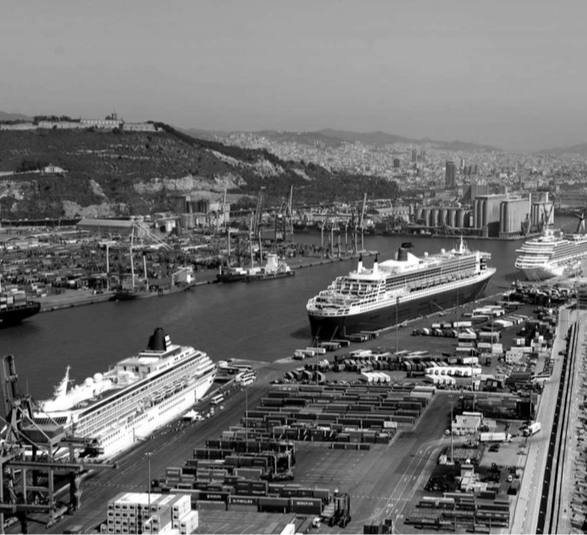
“This area has become a real battleground between the different institutions, the port, the city, the region, all of which wanted to manage the project.”
Marc Darder Solé, architect and Head of the Urban Service at the Regional Government of Catalonia.
But, in the end, the development attracted private investors. “Public-private cooperation is essential for this type of project,” he says. Marc Darder sees “the consideration of mobility and the design of the waterfront as an autonomous and complex organization, well connected to the city” as the main factors for success.

« THE DISTRICT HAS BEEN DESIGNED FOR MIXED USES, WITH FIVE LARGE PARKS CONNECTED BY PEDESTRIAN CROSSINGS, MODERN BUILDINGS REPRODUCING THE HIGHLY ORGANISED LAYOUT OF THE 19TH CENTURY CITY, WITH A VERY GOOD PERPENDICULAR TO THE SEA, COMBED, IN CONTINUITY WITH THE CITY CENTRE. »

